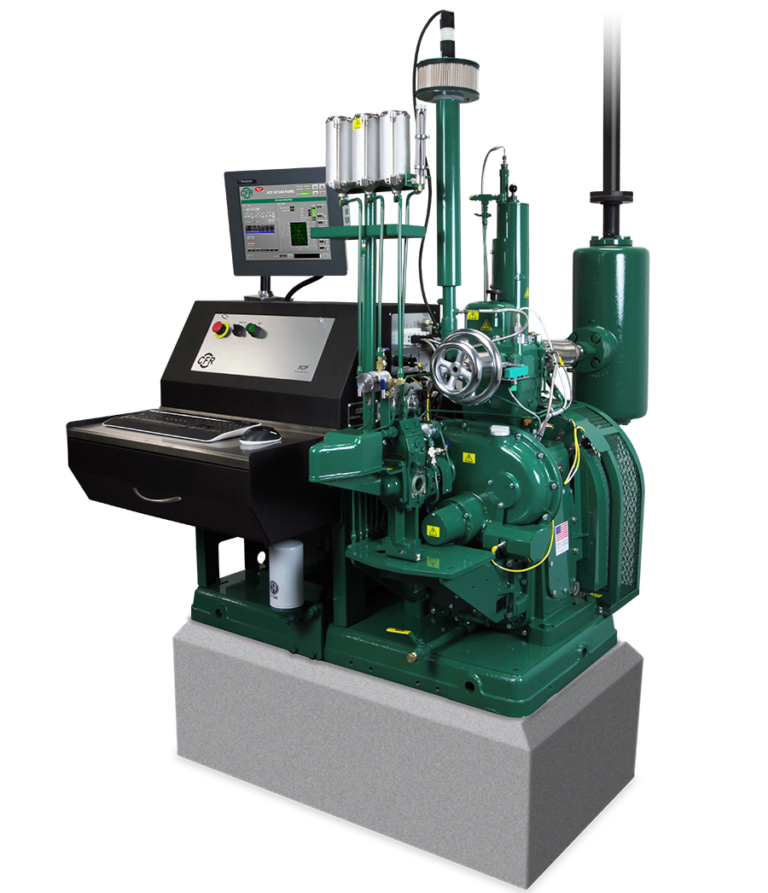Artificial Turf Field Construction: Everything You Need to Know
Artificial turf fields have become increasingly popular in recent years, as they offer a number of advantages over natural grass fields. Artificial turf fields are more durable, require less maintenance, and can be used year-round, regardless of the weather conditions.
If you are considering building an artificial turf field, there are a few things you need to know. Here is a comprehensive guide to artificial turf field construction:
1. Planning
The first step in building an artificial turf field is to carefully plan the project. This includes selecting the right location for the field, determining the size and shape of the field, and choosing the right type of artificial turf.
It is important to select a location for the field that is well-drained and has a level surface. The field should also be large enough to accommodate the desired sports and activities.
When choosing the type of artificial turf, there are a number of factors to consider, including the intended use of the field, the budget, and the desired aesthetic. There are a variety of different types of artificial turf available, so it is important to choose the right type for your specific needs.
2. Site preparation
Once you have selected the location and type of artificial turf, the next step is to prepare the site. This involves excavating the area and grading the surface to create a level foundation.
A drainage system may also need to be installed to prevent water from pooling on the field. The drainage system should be designed to remove water quickly and efficiently, even during heavy rainfall.
3. Base construction
The base of the artificial turf field is typically made of crushed rock or gravel. The base should be compacted to create a stable foundation for the artificial turf.
In some cases, a shock pad may also be installed under the artificial turf. Shock pads help to reduce the impact of falls and injuries, and they can also help to extend the life of the artificial turf.
4. Artificial turf installation
The artificial turf is typically installed in rolls. The rolls are seamed together to create a seamless surface.
The artificial turf is then secured to the base using staples or nails. It is important to install the artificial turf properly to ensure that it is durable and safe to use.
5. Infill
Infill is a material that is placed between the artificial turf fibers. Infill helps to keep the turf upright and prevents it from matting down.
There are a variety of different types of infill available, including sand, rubber, and cork. The type of infill you choose will depend on the intended use of the field and your budget.
6. Maintenance
Artificial turf fields require very little maintenance. However, it is important to brush the field regularly to remove dirt and debris. You may also need to add infill to the field periodically.
Artificial turf fields have a lifespan of 10-20 years, depending on the quality of the turf and the amount of use it receives.
Benefits of Artificial Turf Fields
Artificial turf fields offer a number of benefits over natural grass fields, including:- Durability: Artificial turf fields are more durable than natural grass fields and can withstand heavy foot traffic.
- Low maintenance: Artificial turf fields require very little maintenance, such as mowing, watering, and fertilizing.
- Year-round use: Artificial turf fields can be used year-round, regardless of the weather conditions.
- Safety: Artificial turf fields are safer than natural grass fields because they are less slippery and reduce the risk of injuries.
- Aesthetics: Artificial turf fields can be made to look like natural grass, making them an attractive option for a variety of applications.







